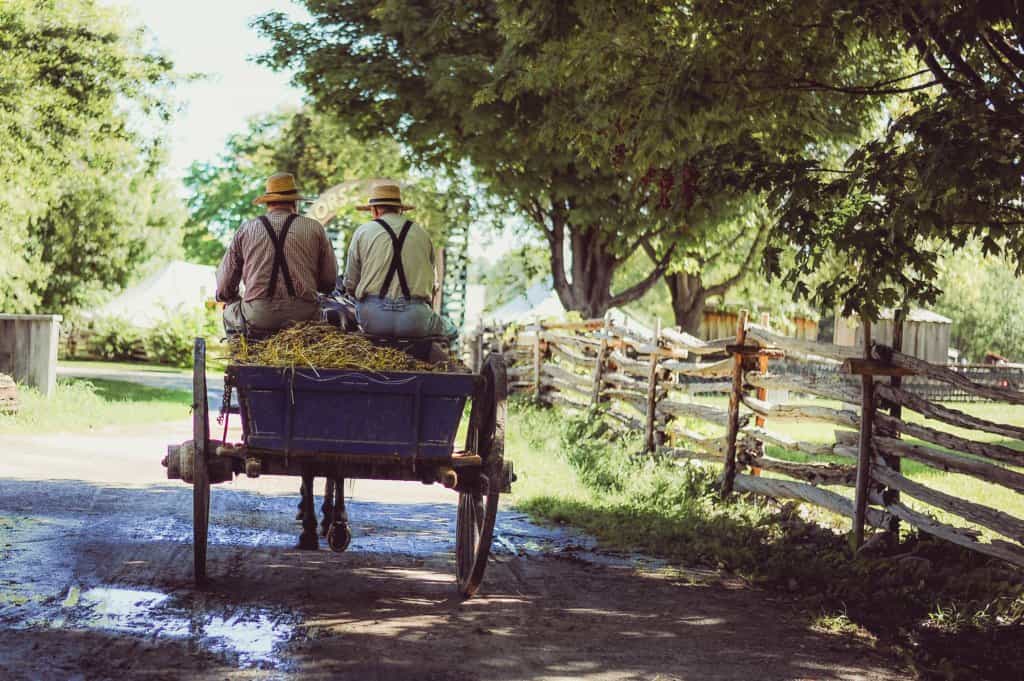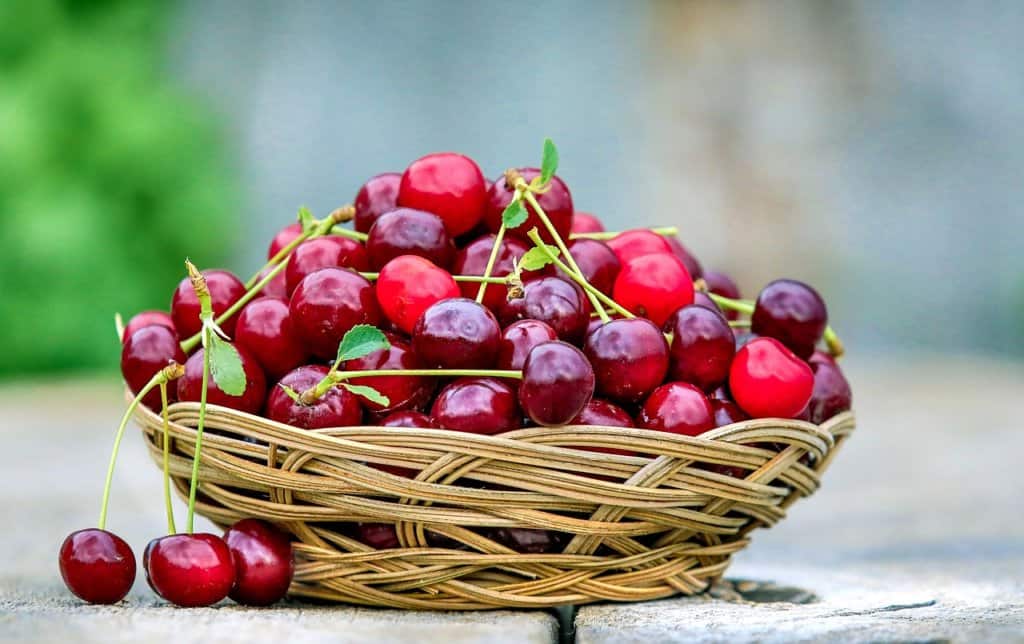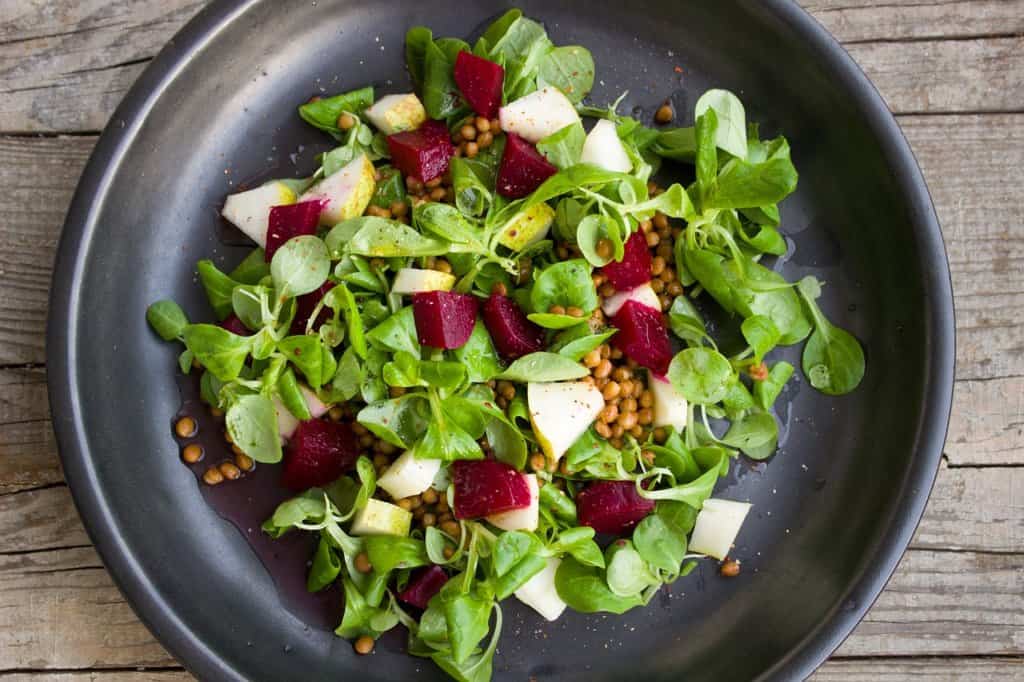Difference Between Farm to Table and Sustainable Food
“You, as a food buyer, have the distinct privilege of proactively participating in shaping the world your children will inherit.” – Joel Salatin, American farmer, lecturer, and author
Today, you might feel that the ideas of a farm to table movement or a sustainable food service are always floating around. You mostly know that the concepts are meant to help the environment — but what exactly are they? What are their similarities and their differences? And what do they ask, of us, as the consumers?
Let’s take a deeper look into definitions of these two terms and learn a bit more about the benefits of both and how they apply to organic catering or to you on a personal level.
What is Farm to Table?

The Lexicon of Food puts it best with their farm to table definition when they stated it in the following way — “The Farm to Table movement advocates for locally sourced food that is seasonal, fresh, and organically-produced. It also has been promoted by both farmers and chefs as a means to connect consumers to the source of the ingredients in their meals. Farm to table restaurants stock their kitchens directly from local farms or their own gardens, and educate diners about the stages of the food cycle and the effects that their choices have on people, animals, economies and the planet.”
Furthermore, when discussing food, nutrition, and health, Rutgers University breaks down the concept of farm to table into four different categories.
Proximity: This idea refers to the distance between parts of the food system (i.e. the farm and your table). The closer the farm is to your table, and your meal, the more likely it is that relationships will form in the food system, such as those between the farmer and the consumer.
Self-Reliance: This means that a community is able to meet their own individual needs when it comes to food production. Ideally, the goal is for a community to be self-sufficient, where they are producing, processing, and selling their own food. For example, the rancher grows the beef, the beef is processed, and that processed beef is purchased by a local consumer then taken to their dinner table. It all happens within a short distance and creates a food community.
Food Security: The goal within community food systems is security. This means that individuals, households, and communities have access to good food.
Sustainability: This means that within the food system, businesses, farmers, and people are being mindful of the generations that will follow. It’s the idea that the environment, the animals, the people, and the communities are all taken into consideration during each step of the way.
What is Sustainable Food?
The definition of sustainable food, in essence, refers to food production (plant or animal) that ensures that the environment, the land, the communities, and the people are protected. As a culture, when we move away from industrialized and processed foods that create soil erosion, air and water pollution, and the need for synthetic pesticides — we step into the realm of sustainable food and farming. And we meet a wealth of health benefits (for both ourselves and the world).
Preserving the Environment
Farmers that abide by sustainable practices grow crops and produce without the use of elements like toxic pesticides and chemicals or seeds that have been genetically modified. They protect biodiversity and allow healthy ecosystems to flourish.
Protecting Animals
Another pillar of sustainability is that farmers protect animal welfare and treat them with care. When livestock, for example, are allowed to roam freely and feed, they are happy, healthy, and not confined.
Protecting Public Health
To be sustainable means that food should not harm human health. It should be safe not just to those consuming the food — but also, to those farmers and growers working with the food and to the community that surrounds the land where that food is grown.
Helping Communities
Sustainability means that farmworkers, food producers, coffee growers, and all those who work with the food we are eating or drinking — are provided with working conditions and wages that are fair. In doing so, this can benefit and support the local economy and local sustainable agriculture.
What Are the Benefits of Both?

Though the ideas of the farm to table and sustainable food movements are different, they share many similarities. At the forefront, the idea is to create a good food system that is beneficial to humankind (both present and future).
- Provide optimal health and nutrients to communities and decrease the risk of diseases that are related to diet
- Introduce seasonal foods that are produced locally
- Offer a healthy diet and fresh food to all members of a community
- Create a direct connection between those who farm the food and those who consume it
- Help the environment and the community by alleviating the need for the transportation of food from other states or countries
- Encourage the public to participate in the promotion of local food and community
- Help strengthen local businesses so that the communities can grow financially and monetary funds can circulate
What Do We Do at Eco Caters?
 At Eco Caters, we design custom catering menus around our guests’ personal tastes, traditions, and budgets. We are proud to use certified organic ingredients that are locally grown in California and throughout the mid-Atlantic region. We serve sustainable seafood and center every dish around in-season produce and fresh ingredients.
At Eco Caters, we design custom catering menus around our guests’ personal tastes, traditions, and budgets. We are proud to use certified organic ingredients that are locally grown in California and throughout the mid-Atlantic region. We serve sustainable seafood and center every dish around in-season produce and fresh ingredients.
Our chef team utilizes their creativity to produce menus that promote both farm to table and sustainable food across a variety of styles and cuisines. From corporate catering to wedding catering, we’ve got you covered!
From fresh fish to a bounty of fruits and vegetables, our aim is to highlight the colors, textures, and flavors of food and showcase them in their natural beauty. Food that is environmentally conscious doesn’t start and stop on the land. Whether we’re growing it, plating it, serving it, or eating it — we all play a crucial role. To us, every event (and every meal) is unique — the only limit is the imagination. Want to learn more? Continue reading to learn what qualifies food to be non-GMO.
Sources:
https://njaes.rutgers.edu/food-nutrition-health/farm-to-fork.php
https://upserve.com/restaurant-insider/history-farm-table-movement/
http://www.sustainabletable.org/246/sustainable-agriculture-the-basics
https://www.lexiconoffood.com/definition/definition-farm-table

